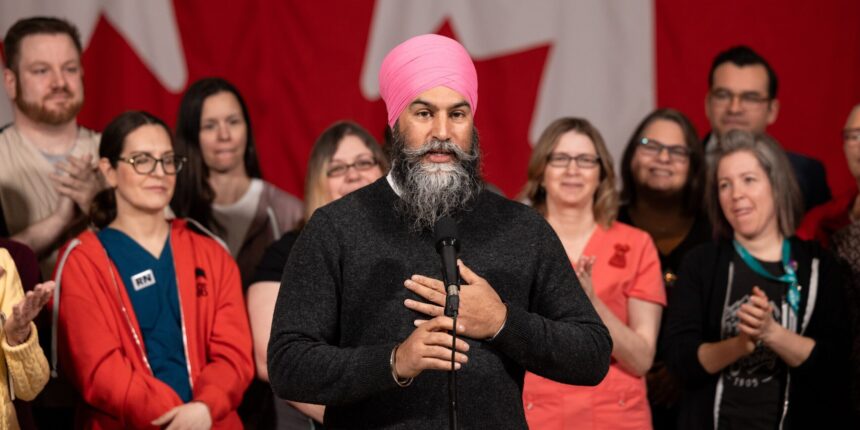In the intricate chess game of Canadian parliamentary politics, the New Democratic Party has found itself in a position of surprising influence. Despite holding only 25 seats in the House of Commons, the NDP wields disproportionate power in our current minority government landscape—a dynamic that has transformed the party from simple opposition to kingmaker on critical legislation.
“The parliamentary mathematics is undeniable,” explains Dr. Eleanor Richards, political scientist at the University of Toronto. “When the Liberals need to pass legislation without Conservative support, the NDP becomes essential. This creates leverage that exceeds their numerical representation.”
This unique position stems from the 2021 Supply and Confidence Agreement, where the NDP agreed to support the Liberal government on confidence votes until 2025 in exchange for policy concessions. The arrangement has already yielded significant results, including the recently implemented dental care program and progress toward a national pharmacare framework—long-standing NDP priorities that might otherwise have remained theoretical.
However, the agreement exists in constant tension. NDP Leader Jagmeet Singh faces the delicate balancing act of claiming credit for policy wins while maintaining the party’s distinct identity. Recent polling suggests this strategy has produced mixed results, with some traditional NDP voters questioning whether the party has secured enough in return for its support.
“The NDP must continuously demonstrate they’re extracting meaningful concessions, not simply propping up a Liberal government,” notes veteran political strategist Michael Desjardins. “Each legislative victory must be clearly branded as an NDP achievement to prevent being overshadowed by the larger governing party.”
The current parliamentary session presents several opportunities for the NDP to flex this influence. Climate policy, housing affordability, and tax reform for high-income earners represent fertile ground where the party could push for more progressive measures than the Liberals might pursue independently.
The challenge for Singh and his caucus lies in identifying when to compromise and when to draw firm lines. Too much accommodation risks looking like a Liberal appendage; too much obstruction could collapse the agreement and trigger an election at a time when many Canadians have little appetite for another campaign.
What’s particularly notable is how this arrangement has shifted Canadian political discourse. Issues once considered fringe or long-term aspirations—like dental care for low-income Canadians—have become implemented policy. This demonstrates how a smaller party with clear priorities can shape the national agenda even without forming government.
As Parliament returns for its fall session, Canadians should watch closely how the NDP navigates this complex relationship. The coming months will reveal whether they can convert their temporary leverage into lasting policy achievements that might survive beyond the current government.
The question remains: can the NDP translate this moment of influence into electoral growth, or will voters ultimately credit the Liberals for policies that might never have materialized without NDP pressure?






















